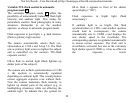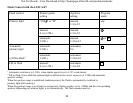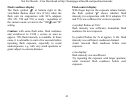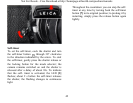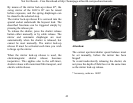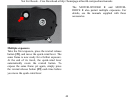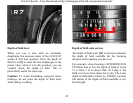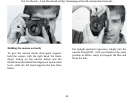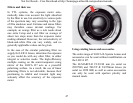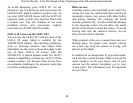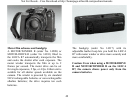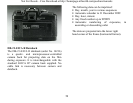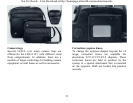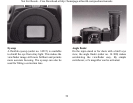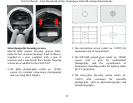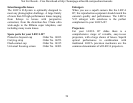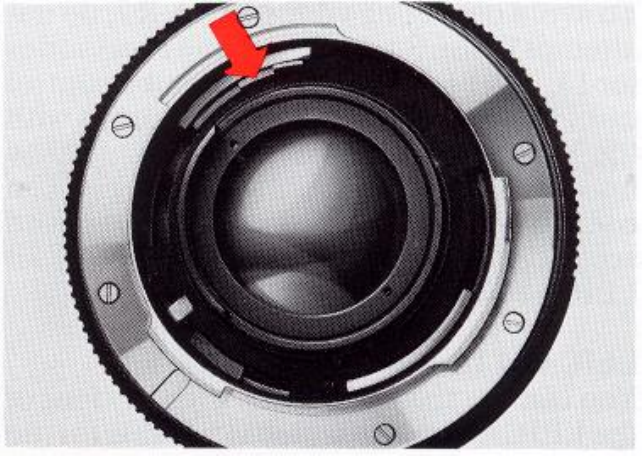
Not For Resale
–
Free Download at
http://homepage.ntl
world.com/joechan/
manuals
47
Filters and their use
In TTL systems, the exposure meter auto-
matically takes into account the light absorbed
by the filter in use, but sensitivity in various parts
of the spectrum may vary according to the type
of film emulsion used. Extreme and dense filters
may therefore cause deviant readings. For
example, an orange filter as a rule needs about
one extra f-stop and a red filter an average of
about two stops more than the exposure meter
reading obtained. However, the red sensitivity of
black-and-white film can vary widely, and no
generally applicable values can be given.
In the case of the circular polarizing filter we
supply for LEICA lenses, determine the exposure
as you would do with any other filter, in either
integral or selective mode. The high-efficiency
multiple coating on the semi-transparent swing
mirror of the LEICA R7 acts as a powerful
polarizing surface. As a result, the use of linear
polarizing filters is not advisable, because their
positioning to inhibit and transmit light may
seriously affect the accuracy of the exposure
meter.
Using existing lenses and accessories
The entire range of LEICA R-System Lenses and
accessories can be used without modification on
the LEICA R7.
The ELMARIT-R f/2.8/180 mm (to serial no
2939700) and TELYT-R f/4/250mm lenses (to
serial no 3050 600) as well as some accessories
can only be used with aperture priority and
manual mode.



